Do you ever see some type of change taking place in your breasts? You ask yourself if it is severe or not. After all, millions of women are suffering from breast cancer worldwide. Early detection is the key to treatment, but how do you detect these warning signs?
The most significant thing in learning the probable symptoms of breast changes is that most changes are benign and knowing this can help save a life. Certain changes might be observable through the eyes, but others are associated with a sense or feeling. Do not be alarmed if there is a lump or pain, but know when to panic and call for medical attention.
In this exhaustive article, we will walk through the most common and the lesser-known symptoms of breast cancer, which will allow you to know what’s normal and what’s not so normal and needs a medical checkup. We’ll start with visual changes in the breast tissue, unusual sensations, and some lesser-known signs that shouldn’t be overlooked. By the end, you will be better prepared to identify potential red flags and take proactive steps for your breast health. Let’s get into the five main areas you should know about the symptoms of breast cancer.
Breast cancer is a common form of cancer that develops in breast tissue. For a comprehensive overview of what breast cancer is, including its causes, symptoms, and treatment options, read more here.
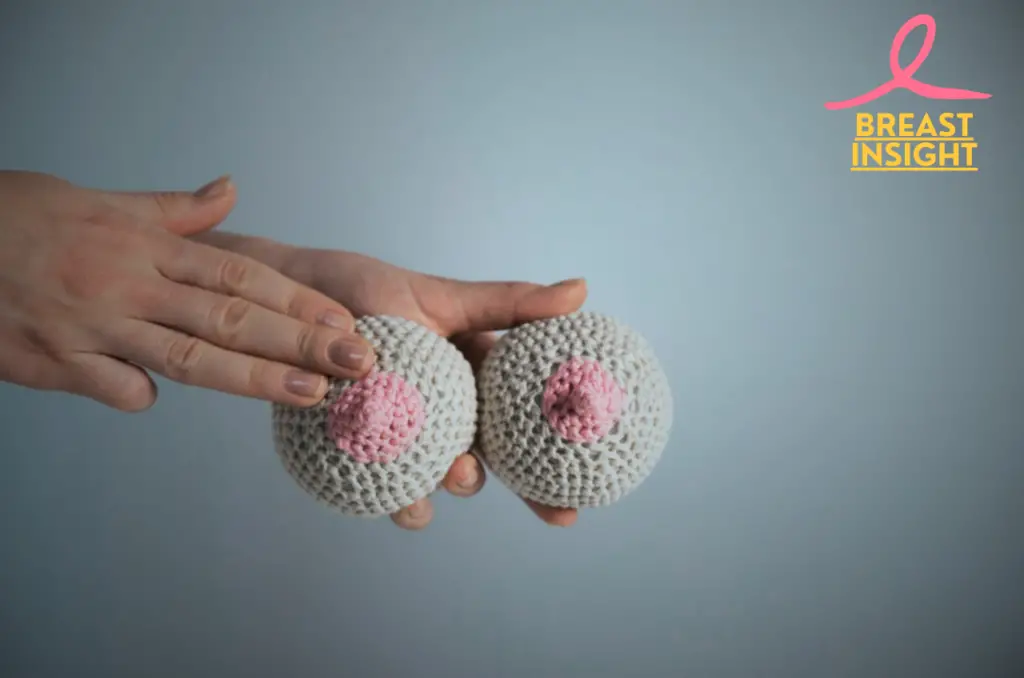
Common Visualization Changes in Breast Tissue
It is basic to the early detection of breast cancer to understand changes that may be seen in the breast tissue. Of course, not all of these changes are cancerous, but knowledge of these can help identify when medical attention may be needed.
A. Lumps or thickening in breast or underarm
Usually, the most prevalent and easiest to recognize manifestation of breast cancer is the formation of lumps or thickening in the breast tissue or in the armpit area. Lumps might have a different shape from the rest of the tissue and feel, are:
- Hard or soft
- Painless or tender
- Fixed or movable
- Spherical or ellipsoidal shape
Most importantly, not all lumps are due to cancer, but all new or unusual lumps should be evaluated by your healthcare provider.
While the presence of a lump or skin changes may indicate breast cancer, it’s important to understand the underlying causes of breast cancer to better comprehend how these symptoms arise.
B. Change in breast size or shape
It might also indicate breast cancer due to sudden or gradual changes in the size or shape of one or both breasts, including:
- Unexplained swelling or enlargement
- Asymmetry between breasts
- Visible distortion or deformity
Regular self-examination and familiarity with your breast’s normal appearance will allow you to notice any major changes.
C. Dimpling or puckering of the skin
It may sometimes even affect the texture and color of the skin of the breast.
- Dimpling or puckering of the skin, as though orange peel.
- Indents or depressions on the breast surface
- Apparent tethering or drawing of the skin
These can be so slight at the initial stages but can appear more significant as the disease advances.
D. Nipple inversion or retraction
Changes in the nipple can sometimes be a symptom of breast cancer too. Know about:
- Nipple inversion (turning inward)
- Inversion or retraction into a flattened position of the nipple
- Scaling, crusting, or flaking of the nipple skin
- Redness or swelling of the nipple
Sometimes, some women are born with naturally inverted nipples. Any change, however, should be consulted with a healthcare provider.
| Visual Change | Description | Action |
| Lumps | New, unusual lumps in breast or underarm | Consult a doctor |
| Size/Shape Change | Sudden or gradual changes in breast appearance | Schedule a check-up |
| Skin Texture | Dimpling, puckering, or orange peel-like texture | Seek medical evaluation |
| Nipple Changes | Inversion, flattening, or skin changes | Discuss with healthcare provider |
Remember these visual changes occur for many different reasons and are not all related to breast cancer. Still, remaining aware of these warning signs and practicing self-examination increases their contribution to the successful diagnosis and treatment of this malignancy. If you experience any of these visual changes, seek professional medical attention in order to be assessed and advised.
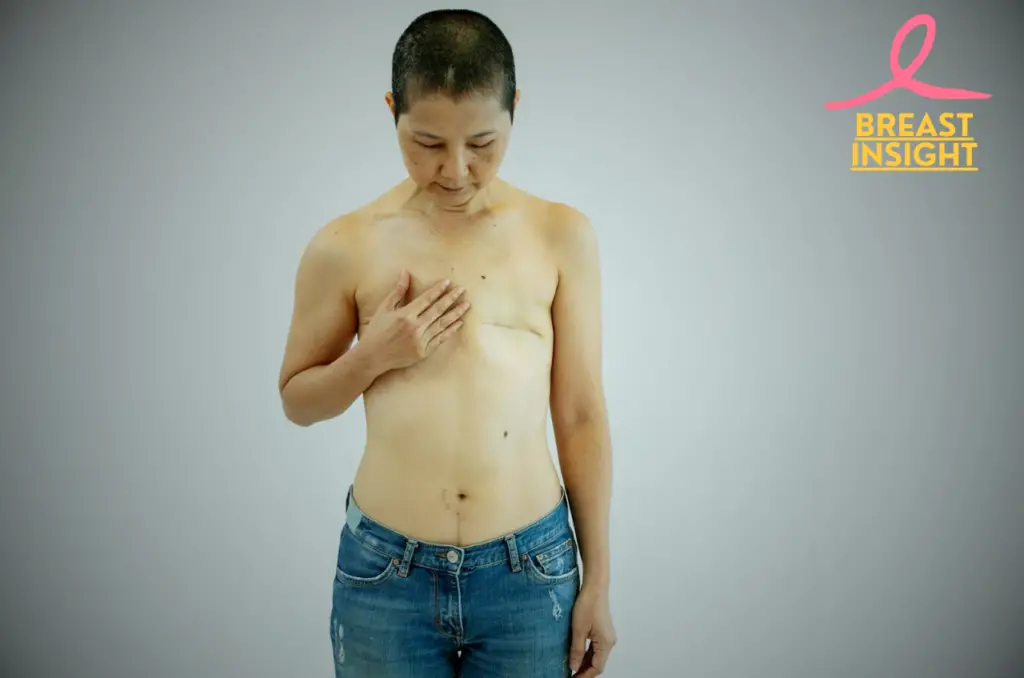
Unusual Sensations in the Breast Area
Now that we have addressed common visual changes, let’s discuss unusual sensations, which may tell a story about breast cancer. Not all sensations are bothersome; however, we do need to pay attention to those that have persisted or are unusual in your breast area.
A. Persistent breast pain
Mastalgia, or breast pain, is the condition associated with a variety of diseases that may include cancer. Notably, however, breast pain as such has rarely shown to be malignant alone. Know this now:
- Types of breast pain:
- Cyclical: Referring to menstrual cycles
- Non-cyclic: Constant or intermittent pain unrelated to menstrual cycles
- Worrying breast pain characteristics:
- Will not change or improve with time
- Localised to one particular place
- Accompanied by other symptoms
| Type of Pain | Likelihood of Cancer | Other Possible Causes |
| Cyclic | Very low | Hormonal changes, fibrocystic breasts |
| Non-cyclic | Low, but higher than cyclic | Injury, infection, medication side effects |
B. Nipple discharge (other than breast milk)
Nipple discharge can be worrying, especially if it occurs when not pregnant or breastfeeding. Most cases are benign, although some types of discharge could be indicative of breast cancer:
- Concerned attributes:
- Unsolicited (occurs without twisting)
- Unilateral (from one breast only)
- Color is transparent or blood-stained
- Linked to a mass or lump
It is important to note that many benign conditions can cause nipple discharge, including hormonal imbalances, certain medications, and ductal ectasia.
C. Pruritus or peeling of the nipple or breast skin
Skin changes on the breast or nipple can sometimes indicate early breast cancer, although this is very rarely Paget’s disease. Be alert to:
- Insisting itching which is unresponsive to conventional treatment
- Scaling or peeling of skin off of nipple or areola.
- Does not respond to or improve with treatment
- Thickening of the skin, giving it an orange-peel texture
Although these symptoms are caused by eczema, dermatitis, and other diseases, it is always prudent to be seen by a medical practitioner especially when they last long or in the company of other breast changes.
Remember that having any of these feelings does not mean you have breast cancer. Still, knowing about these possible symptoms allows you to go to the doctor in time when needed. In the following section, we will examine some of the less common symptoms of breast cancer and why they are important.
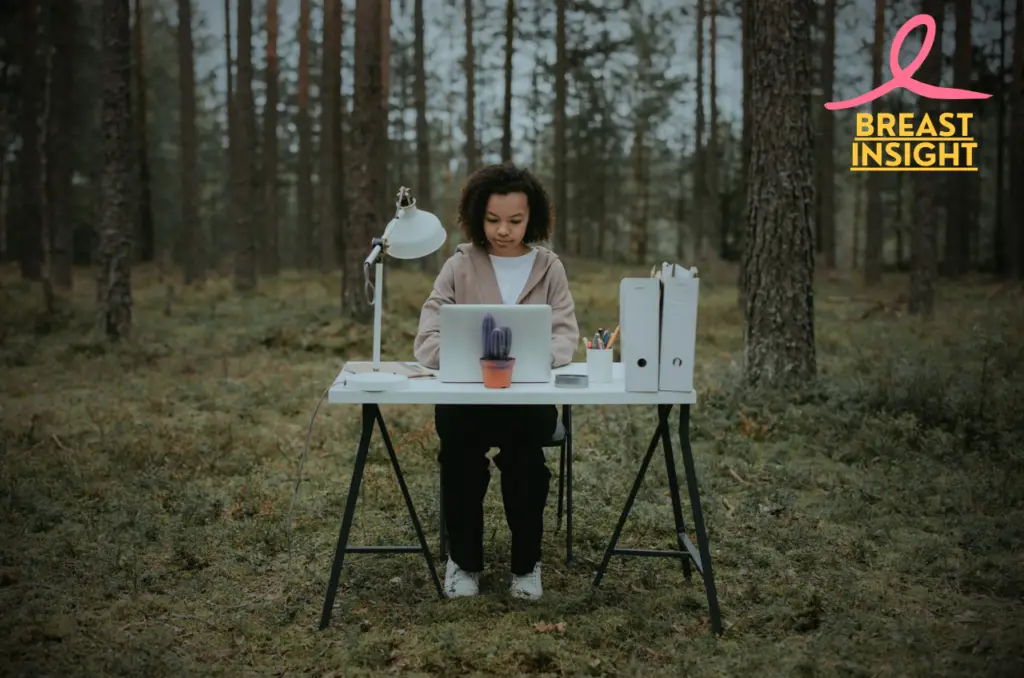
Recognizing Less Common Symptoms
Most people know about the common signs of breast cancer, like lumps or changes in the shape of one’s breasts. However, there are a few not-so-well-known symptoms that should not be dismissed. Knowing these subtle signs can lead to earlier detection and possibly better outcomes.
A. Swelling in the armpit or collarbone area
Swelling in the armpit or collarbone area is one of the lesser-known symptoms of breast cancer. This swelling usually occurs due to the spread of cancer cells to the lymph nodes in these areas. However, it is worth noting that
- It is a painless swelling, like a small, firm lump
- It can be present even without any overt changes in the breast itself
- Regular self-examinations should include checking these areas
B. Redness or warmth in breast tissue
Patients with the rare type of aggressive breast cancer call inflammatory breast cancer sometimes, often complaining of unexplained warmth and redness in the breast tissues. Remember key points from above.
- The region may become warm to the contact.
- Redness can range from a small area to covering the entire breast
- The skin could develop dimples or pits-like an orange peel
C. Changes in breast texture
Subtle changes in the breast’s texture can sometimes even hint at the existence of breast cancer. Pay attention to:
- Thickness of the skin or tissue
- A rapid surge in the visibility of veins on the breast surface
- Any other atypical coarseness or scales in the skin
D. Unexplained weight loss
It has no direct connection with the breast but may be associated with loss of unexplained weight; various cancers can cause that, such as breast cancer.
- Significant weight loss without changes in diet or exercise habits
- Involuntary loss of appetite with associated weight loss
- Fatigue or weakness accompanied by weight loss
To understand how much better the less common symptoms might be more meaningful, remember the analogy:
| Symptom | Potential Significance | Action Required |
| Armpit/collarbone swelling | Possible lymph node involvement | Consult a doctor promptly |
| Breast warmth/redness | Possible inflammatory breast cancer | Seek immediate medical attention |
| Texture changes | Potential tumor growth or skin changes | Schedule a breast exam |
| Unexplained weight loss | Possible systemic effects of cancer | Discuss with healthcare provider |
Do keep in mind that these do not necessarily mean you have breast cancer. Most of these symptoms can be brought about by benign conditions. You should, however, go and see your healthcare provider if you notice any of the following changes persisting over more than a few weeks:
It goes to show that proper regular breast self-examination and awareness about such rare signs may prove effective in the early stages of detection. In knowing all kinds of symptoms, you also increase your chances of noting anything abnormal as soon as it happens.
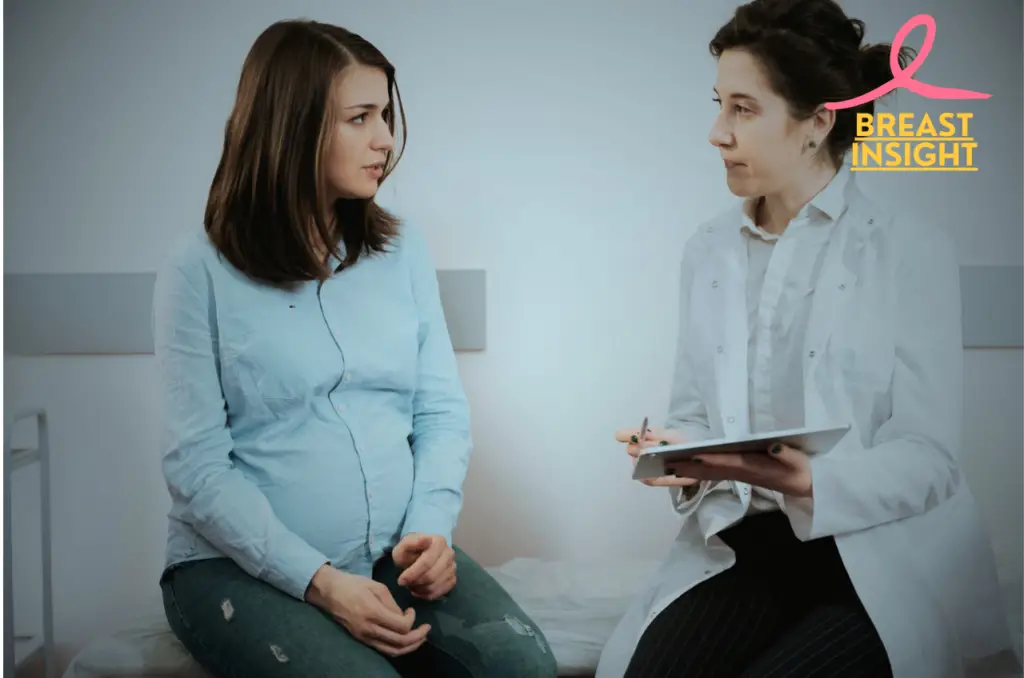
When to Seek Medical Attention
Nothing is as crucial for early detection and treatment as knowing when one should see a doctor for potential symptoms of breast cancer. Although the vast majority of changes in the breast are benign, certain signs and circumstances require urgent medical evaluation.
A. Persistence of symptoms
Breast changes that last for longer than a few weeks should raise concern. They could be:
- Lumps or swelling in the breast or armpit
- Change in breast size or shape
- Skin dimpling or puckering
- Nipple inversion or discharge, especially if bloody
- Continuously painful or tender breast
If you experience any of these signs for a prolonged period, seek medical attention. You see, the earlier they are detected, the higher the chances of a successful outcome in treatment.
B. Family history considerations
Family history is one of the most important risk factors for breast cancer. Seek medical care if:
- You have a first-degree relative (mother, sister, or daughter) diagnosed with breast cancer
- Several members of the family have had breast or ovarian cancer
- Male relatives diagnosed with breast cancer
A genetic counselor can assess how your family history might put you at risk and recommend appropriate screening measures.
C. Age-related risk factors
As we age, the risk of developing breast cancer increases. Consider the following age-related factors when deciding to seek medical attention:
| Age Group | Risk Level | Recommended Action |
| Under 40 | Lower risk | Regular self-exams, report any changes |
| 40-49 | Moderate risk | Annual mammograms, discuss with doctor |
| 50+ | Higher risk | Annual mammograms, more frequent check-ups |
Note that breast cancer in young women is less common; however, it may occur, and any symptom cannot be overlooked at any age.
D. Significance of regular self-exams
Regular breast self-exams are the only ways to detect early breast cancer. Here’s why they’re important:
- Know your breast tissue: With the self-exam, you become familiar with how your breasts look and feel normally so that any changes are likely to be detected sooner.
- Early detection; self-exams may help reveal problems in between clinical examinations or mammograms.
- Empowerment: Self-examines put you in the driver’s seat regarding your own breast health.
To perform a self-exam effectively:
- Choose any fixed day of every month preferably sometime after the monthly periods end.
- Look at and feel your breasts
- Look for size change, shape change, and perhaps texture change.
- New lumps, dimpling, or changes in the nipples
Remember that this is not a substitute for regular clinical breast exams and mammograms that your healthcare provider recommends. If you identify any lumps or stiffness during your self-exam, visit a doctor right away.
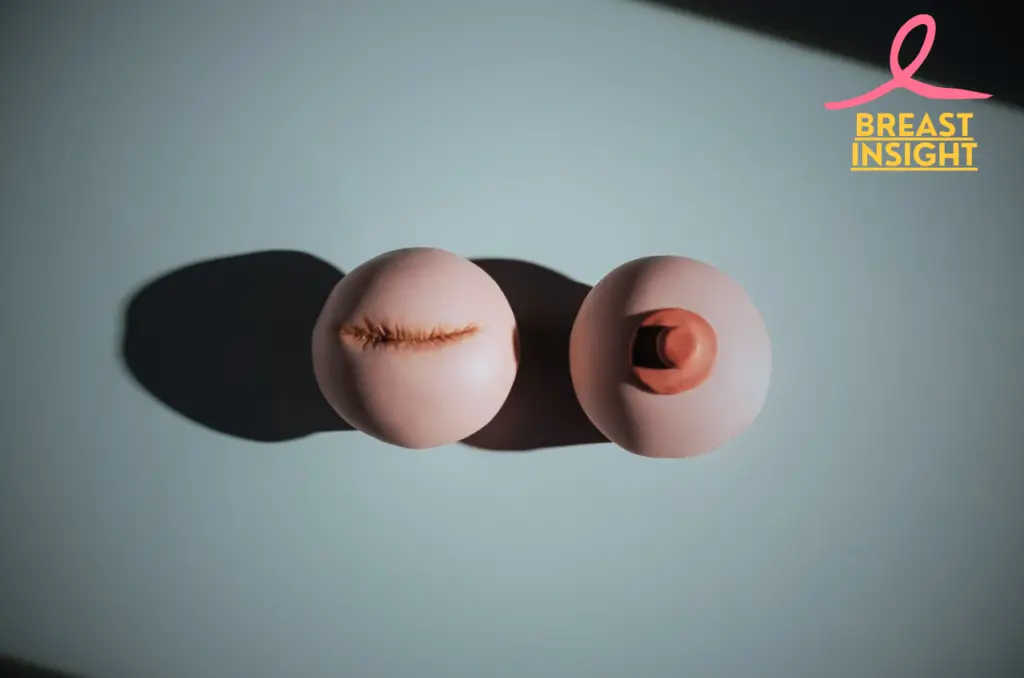
Distinguishing Symptoms from Normal Changes
As we look at the very critical issue of symptoms of breast cancer, it is essential to understand the differentiation between concerning signs and normal breast changes. This would be helpful in reducing unwarranted worry and ensuring proper medical attention at the right time.
Changes during menstruation
Most of the women experience some form of breast changes at one point in their menstrual cycle. Such changes often occur and are not associated with cancer. Here’s what you should know.
- Breast tenderness or swelling before menstruation
- Increased breast density in the latter half of the cycle
- Lumpy or nodular texture that subsides after menstruation
| Phase of Menstrual Cycle | Common Breast Changes |
| Follicular Phase | Softer, less sensitive |
| Luteal Phase | Firmer, more sensitive |
| Menstruation | Return to baseline |
Pregnancy and lactation effects
During pregnancy and lactation, there is the evident change in breast tissue: most are entirely benign.
- Improved breast size and fullness
- Nipples and areolas darkening
- Incidental colostrum or milk leak
- Tender or sore breasts, especially in early pregnancy
Note that these changes are expected, but persistent lumps or other new symptoms should always be brought to the attention of a healthcare professional.
Aging-related breast changes
With age, the breasts change in several ways:
- Loss of elasticity and firmness
- Increase in fatty tissue relative to glandular tissue
- Thinning of breast skin
- Nipple inversion in some instances
Most changes caused by aging occur naturally and don’t cause cancer. However, it is always best to have a doctor check new lumps or changes in the skin.
Benign breast conditions
Several non-cancerous conditions can cause breast changes that may mimic cancer symptoms:
- Fibrocystic changes: Ropy or lumpy breast
- Fibroadenomas: Smooth, round masses that move easily
- Cysts: Fluid-filled cavities that may appear and disappear
- Mastitis: Inflammation associated with breastfeeding
Although benign, they sometimes interfere with the observation of malignant changes. Their early detection is paramount in self-examination and professional screenings.
| Benign Condition | Key Characteristics |
| Fibrocystic changes | Diffuse lumpiness, often cyclical |
| Fibroadenomas | Mobile, rubbery lumps |
| Cysts | Smooth, round, fluid-filled |
| Mastitis | Redness, warmth, pain |
Understanding these normal changes and benign conditions can help you better understand your breast health. However, it is imperative to know that any change that lasts or is causing concern must be discussed with a medical professional. Self-examinations, clinical breast examinations, and regular mammograms as advised by your healthcare provider are an important method of maintaining a healthy breast and detecting anything early if there is any issue at all.
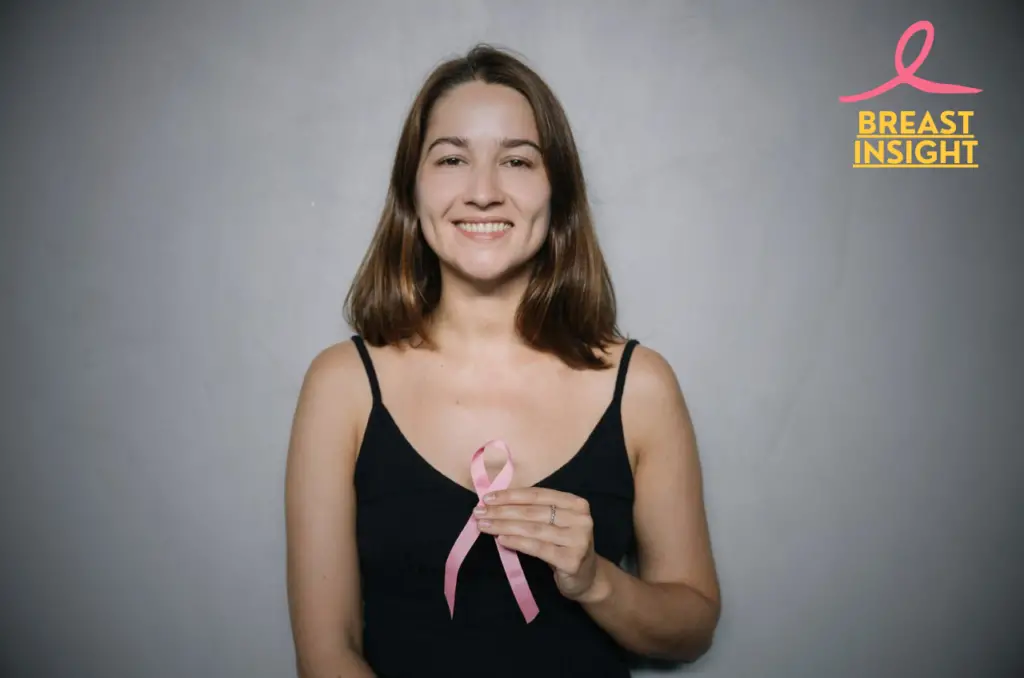
Conclusion
Early diagnosis of breast cancer is believed to lead to effective treatment and favorable results. To take responsibility for your health, understand the common changes in looks, unusual sensations, and rare symptoms linked to the occurrence of breast cancer. Understand that any kind of alteration does not mean cancer but take care that if there’s any difference in your breast tissue.
Understanding how breast cancer fits within the broader spectrum of cancer types can be insightful. To learn more about what cancer is and how it develops, click here for a detailed explanation.
In case you experience anything unusual or concerning with your breasts, do not wait to discuss it with your healthcare provider. With diligent self-examinations and regular mammograms and an active attitude to health, early detection and intervention can make a significant difference in successful treatment. Therefore, know, be informed, and take care of your breast health for the future.
Frequently Asked Questions (FAQs)
What are the early signs of breast cancer?
Early signs of breast cancer include the appearance of a lump or mass in the breast or underarm, change in breast size or shape, and unusual nipple discharge, especially if it is bloody. Other symptoms may be skin changes such as dimpling or redness, and persistent breast pain or discomfort. Regular self-examinations and awareness of these symptoms are important for early detection.
How often should I get a mammogram?
The American Cancer Society recommends women who are at average risk for developing breast cancer begins annual mammograms at age 40. For women between the ages of 45 and 54, yearly mammograms are recommended. Women aged 55 and older may choose mammograms every two years or continue yearly mammograms if they prefer and based on their medical history. A patient’s personal risk factors should be discussed with a health care provider to determine the appropriate screening schedule.
What risk factors increase the likelihood of developing breast cancer?
There are various risk factors that might increase a woman’s chance of getting breast cancer. Some of the factors include family history, genetic mutations such as BRCA1 and BRCA2, age, lifestyle factors such as obesity, alcohol consumption, and lack of physical activity. Women should be aware of their risk factors and should keep undergoing regular screenings.
Can men get breast cancer?
Yes, men can also have breast cancer, but the disease is less common among them than among women. According to the American Cancer Society, about 1 in 833 men will be diagnosed with breast cancer during their lifetime. Symptoms can be lumps in the breast tissue, changes in the skin or nipple, and unexplained pain. Therefore, men should be aware of their breast health, and if they notice some suspicious changes, they should see a healthcare provider.
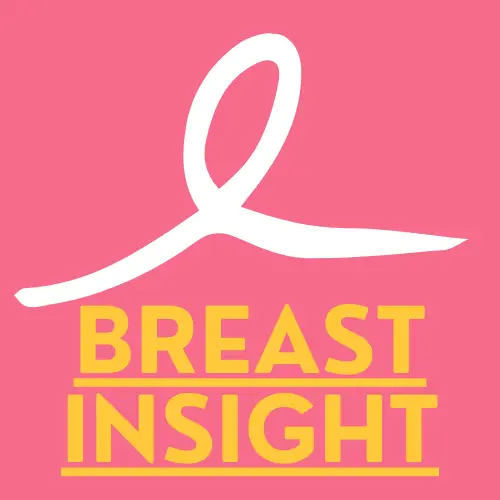
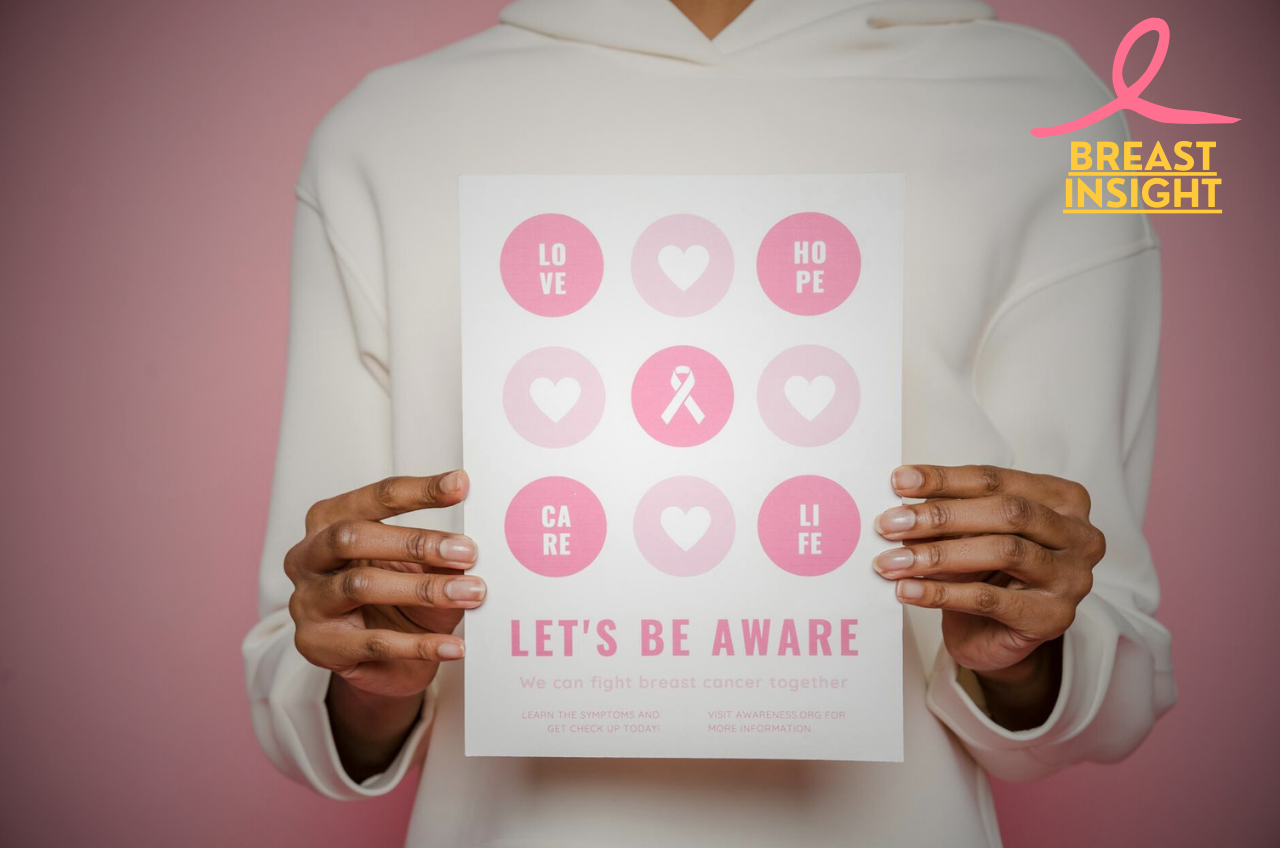
1 thought on “5 Hidden Symptoms Of Breast Cancer: Every Woman Should Know”